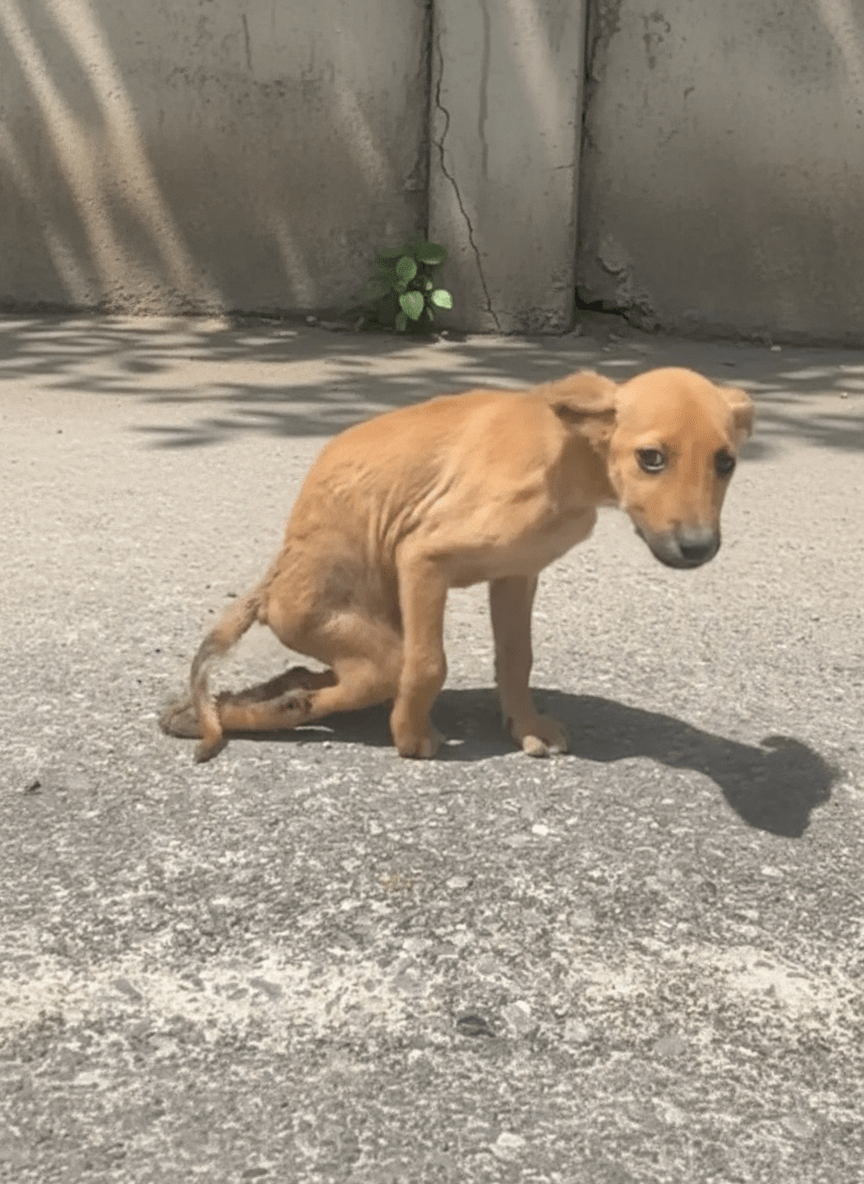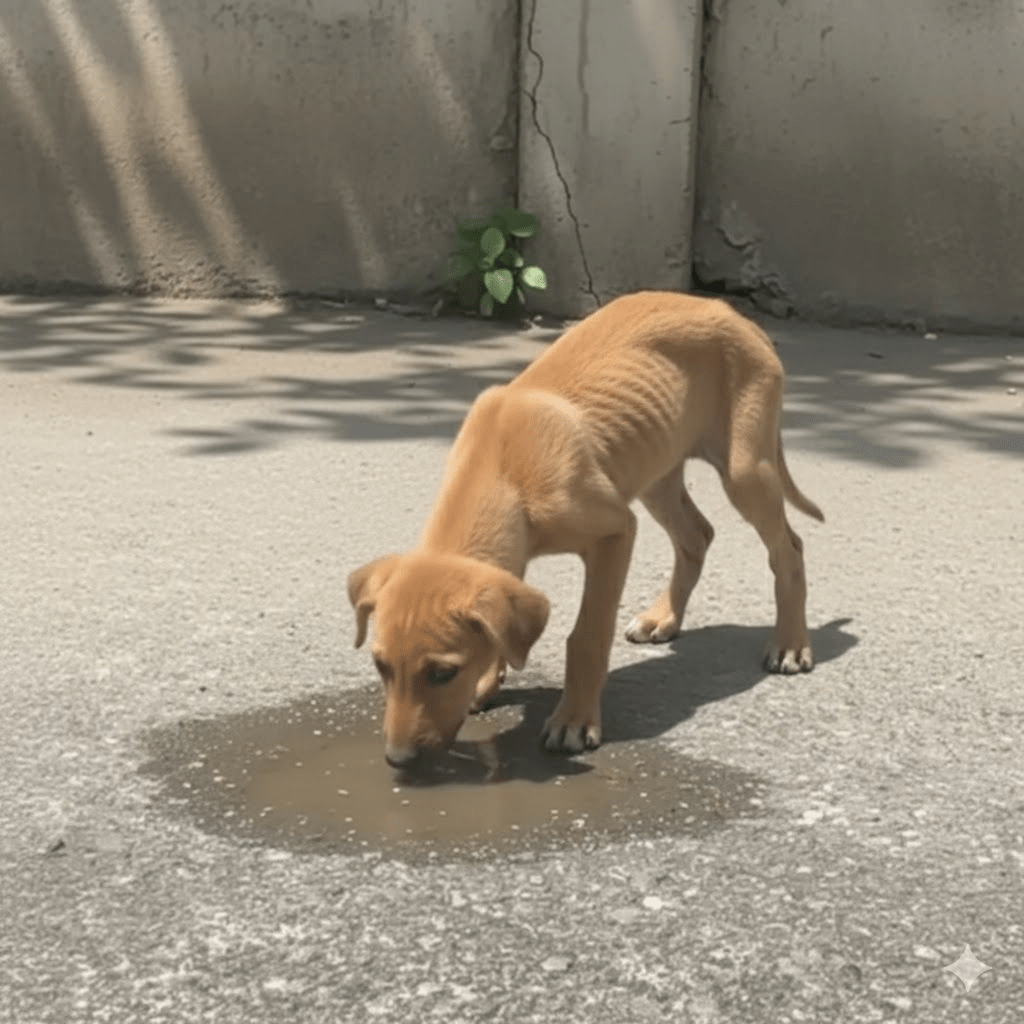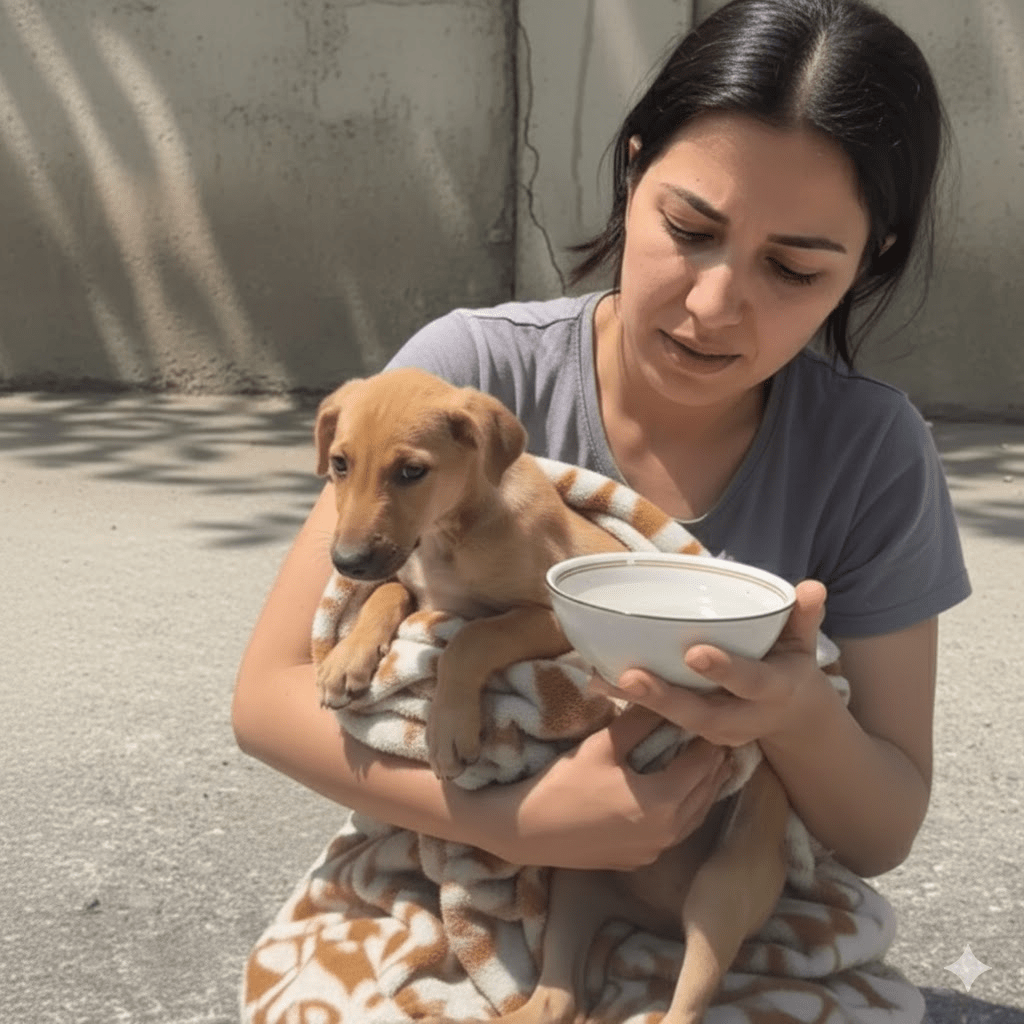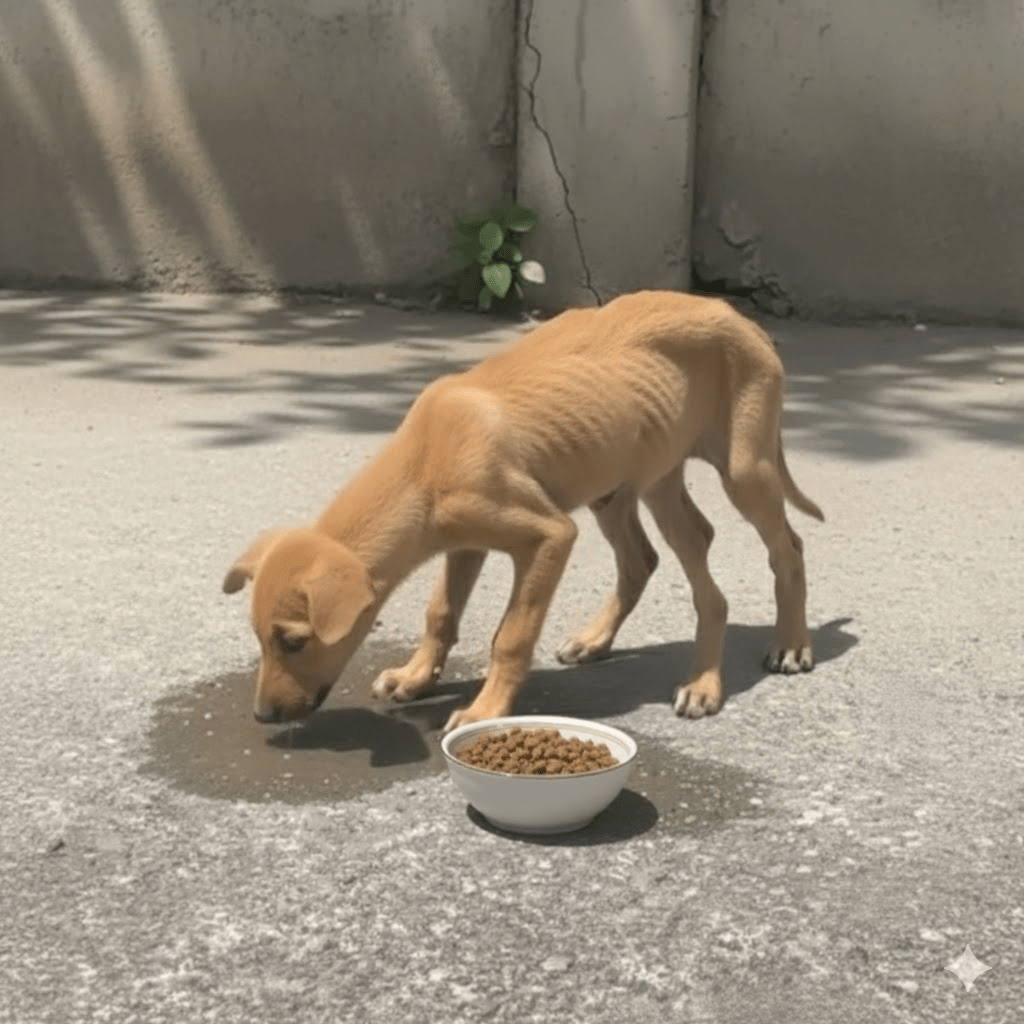The image before us, a poignant snapshot of a small, emaciated puppy, serves as a stark reminder of a widespread and deeply troubling issue: animal neglect. This isn’t just a photograph; it’s a silent plea, a testament to suffering that far too many animals endure globally. The puppy’s visible ribs, the dullness in its eyes, and its hunched posture speak volumes about prolonged hunger, lack of care, and potentially, illness. It’s a mirror reflecting the shadows of human indifference, a stark contrast to the unconditional love and joy pets are capable of giving. This image compels us to look beyond the surface, to understand the multifaceted reasons behind such neglect, and more importantly, to inspire action. It’s a call to examine our collective responsibility towards the voiceless creatures sharing our planet and to consider how we can transform scenes of despair into stories of hope and recovery.

What constitutes animal neglect is often more complex than overt abuse. It encompasses a failure to provide basic necessities: adequate food, clean water, shelter from the elements, veterinary care, and sufficient socialization. This can stem from various factors, including ignorance, financial hardship, mental health issues of the owner, or simply a lack of empathy. In some cases, owners may genuinely love their pets but are overwhelmed by circumstances, leading to unintentional neglect. However, the impact on the animal remains the same: chronic suffering, preventable diseases, and a diminished quality of life. The puppy in the image is a prime example of an animal whose fundamental needs have not been met, highlighting the critical importance of recognizing the subtle signs of neglect before they escalate into severe distress.

The societal implications of animal neglect extend beyond the suffering of individual animals. Studies have shown a strong correlation between animal cruelty and other forms of violence, including domestic abuse and child abuse. This link underscores the importance of addressing animal welfare as a component of broader community well-being. When we tolerate animal neglect, we inadvertently normalize a disregard for vulnerable beings, which can have ripple effects throughout society. Educating the public about responsible pet ownership and the signs of neglect is not just about protecting animals; it’s about fostering a more compassionate and safer community for everyone.

Intervention and prevention are two critical pillars in combating animal neglect. Early intervention, often initiated by concerned citizens reporting suspected cases, can save an animal from prolonged suffering. Animal welfare organizations and local authorities play a crucial role in investigating these reports, rescuing animals, and providing necessary medical care and rehabilitation. However, prevention is arguably more powerful. This includes widespread public education campaigns on responsible pet ownership, the importance of spaying and neutering to control overpopulation, and making veterinary care more accessible and affordable for low-income families. Community outreach programs can also provide resources and support to pet owners struggling to meet their animals’ needs, acting as a lifeline before neglect becomes severe.

Reporting suspected cases of animal neglect is a civic duty that requires courage and compassion. Many people hesitate to report due to fear of confrontation, uncertainty about the reporting process, or a belief that their report won’t make a difference. However, animal welfare agencies rely heavily on public vigilance. Knowing how and where to report, and understanding that reports can often be made anonymously, empowers individuals to be advocates for animals. Even a seemingly small observation can be the first step in rescuing an animal like the puppy in the image from a life of suffering. It is crucial to remember that animal welfare organizations are equipped to assess situations and act appropriately, ensuring both the safety of the animal and the well-being of the community.







